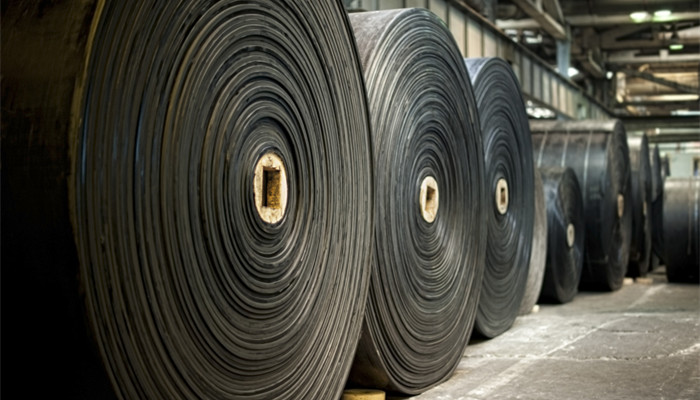
the development prospects of the synthetic rubber industry are promising, but production technology still needs to be improved
synthetic rubber is a highly elastic polymer material, which refers to rubber materials made by artificial synthesis methods through washing, drying, refining, polymerization and processing. synthetic rubber has the advantages of heat resistance, cold resistance, and corrosion resistance. according to different raw materials, synthetic rubber can be divided into polysulfide rubber ™, polyurethane rubber (ur), polyacrylate rubber (acm), styrene-butadiene rubber (sbr), chloroprene rubber (cr), etc. the physical properties of styrene-butadiene rubber are similar to those of natural rubber, so it is widely used in many fields.
the basic raw materials of synthetic rubber are styrene and butadiene. styrene is widely used in the industrial field. my country is a major consumer of styrene. driven by market demand, the styrene industry has developed rapidly. in 2021, my country’s styrene production reached 13.618 million tons, a year-on-year increase of 51.2%. as a basic chemical raw material, butadiene’s production capacity has grown steadily. in 2021, my country’s butadiene production capacity will reach 5.567 million tons, a year-on-year increase of 13.4%. according to the “2022-2027 china synthetic rubber industry brand market structure and competitor field investigation report released by the industrial research center, benefiting from the sufficient supply of raw materials, my country’s synthetic rubber output continues to increase and ranks first in the world. according to data from the national bureau of statistics, my country’s synthetic rubber output reached 8.117 million tons in 2021, a year-on-year increase of 9.7%.
although my country’s synthetic rubber production continues to increase, it is still unable to meet domestic market demand and needs to rely heavily on imports. however, in recent years, due to the improvement of production technology and the impact of the international trade situation, my country’s synthetic rubber import scale has declined, the domestic substitution space has continued to increase, and the industry trade deficit has gradually narrowed. according to statistics from the general administration of customs of china, my country’s synthetic rubber imports in 2021 were us$8.27 billion, a year-on-year decrease of 14.1%; synthetic rubber exports were us$1.36 billion, a year-on-year increase of 67.3%.
synthetic rubber has a wide range of applications, including architectural decoration, automobile manufacturing, aerospace, national defense and military, agriculture, etc. as the main raw material for automobile tires, synthetic rubber has extremely strong market demand. however, due to factors such as the nature of raw materials and high production technical barriers, synthetic rubber still cannot completely replace natural rubber in terms of performance. therefore, synthetic rubber and natural rubber need to be used as raw materials together to participate in the production of automobile tires. as the scale of the green tire market continues to expand, higher requirements will be placed on rubber materials and performance, which will promote the rapid development of my country’s synthetic rubber industry.
industry analysts said that synthetic rubber has low production costs and is widely used in industry, agriculture and other fields. benefiting from the rapid development of nstream industries, my country’s synthetic rubber market demand continues to grow, and the industry development prospects are good. however, due to the high technical threshold of the synthetic rubber industry and the imbalance between supply and demand, my country’s synthetic rubber still needs to rely on the import market. driven by technological innovation, domestic synthetic rubber will gain greater market space.

 微信扫一扫打赏
微信扫一扫打赏

